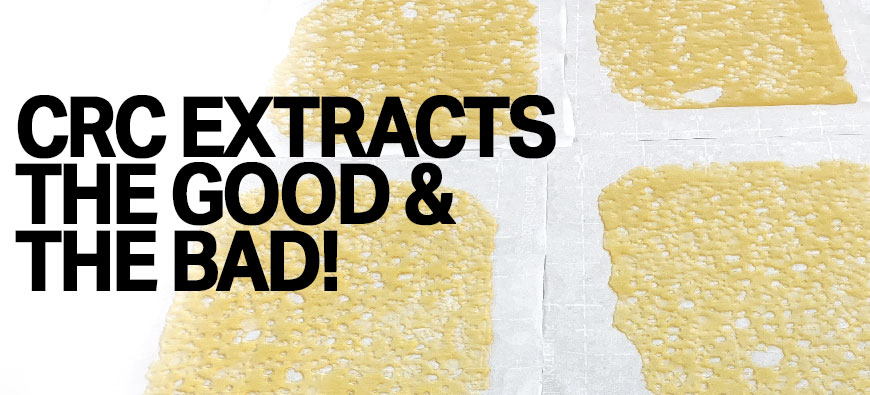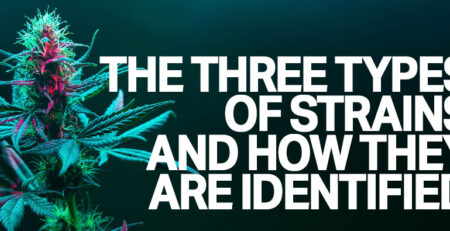CRC Extracts – The good and the bad!
Cannabis, also known as marijuana, is a plant that contains over 100 different chemical compounds known as cannabinoids, each with its own unique therapeutic effects. One of the most well-known and widely used cannabinoids is tetrahydrocannabinol (THC), which is responsible for the psychoactive effects of cannabis. However, cannabis also contains other compounds, such as terpenes and flavonoids, which can have therapeutic benefits as well. In recent years, a new process has emerged in the cannabis industry called CRC, or color remediation chromatography. This process involves using various chemicals and solvents to remove unwanted compounds from cannabis extracts, such as chlorophyll, waxes, and other plant matter, to produce a more pure and potent extract. However, the CRC process can also have harmful effects on the final product, and it is being used in the black market to produce counterfeit cannabis products.
What is the CRC Process?
The CRC process is a method of purifying cannabis extracts by removing unwanted compounds, such as chlorophyll, waxes, and other plant matter. This is accomplished using various chemicals and solvents, such as silica gel, which acts as a filter to remove unwanted compounds from the extract. The resulting extract is then further purified using other methods, such as distillation, to produce a more pure and potent final product.
Harmful Effects of the CRC Process
While the CRC process can result in a product that appears more visually appealing, it can also have harmful effects on the final product. Some of the chemicals and solvents used in the CRC process, such as silica gel, can leave behind residual contaminants that are harmful to human health when ingested or inhaled. These contaminants can include heavy metals, pesticides, and residual solvents, all of which can have negative health effects.
In addition, the CRC process can also remove beneficial compounds from the extract, such as terpenes, which are responsible for the unique aroma and flavor of different cannabis strains. Without these compounds, the final product may lack the full spectrum of therapeutic effects that cannabis is known for.
The Use of CRC Process in the Black Market
Unfortunately, the CRC process is also being used in the black market to produce counterfeit cannabis products that are sold to unsuspecting consumers. These products may contain harmful contaminants and lack the full spectrum of therapeutic effects, leading to negative health consequences for users. According to a report by Leafly, a news and information website about cannabis, some illicit cannabis producers use the CRC process to mask the use of low-quality starting materials or to cover up the presence of contaminants in their products (Gardner, 2021).
Conclusion
To avoid the harmful effects of CRC, consumers should seek out cannabis products that have been produced using safe and ethical methods. This may include products that have been third-party tested for contaminants and that contain a full spectrum of cannabinoids and terpenes. As the cannabis industry continues to evolve, it is important for consumers to educate themselves about safe and ethical production methods and to seek out high-quality products that have been third-party tested and verified.
References
Gardner, D. (2021, February 16). A guide to color remediation: How THC distillers remove impurities. Leafly. https://www.leafly.com/news/cannabis-101/what-is-color-remediation-crc-cannabis-oil.
Hazekamp, A. (2018). The Trouble with CBD Oil. Medical Cannabis and Cannabinoids, 1(1), 65-72. doi: 10.1159/000489287
Ross, S. A., ElSohly, M. A., & Sultana, G. N. (2014). Cannabis chemistry. In







